How to Draw From Your Imagination
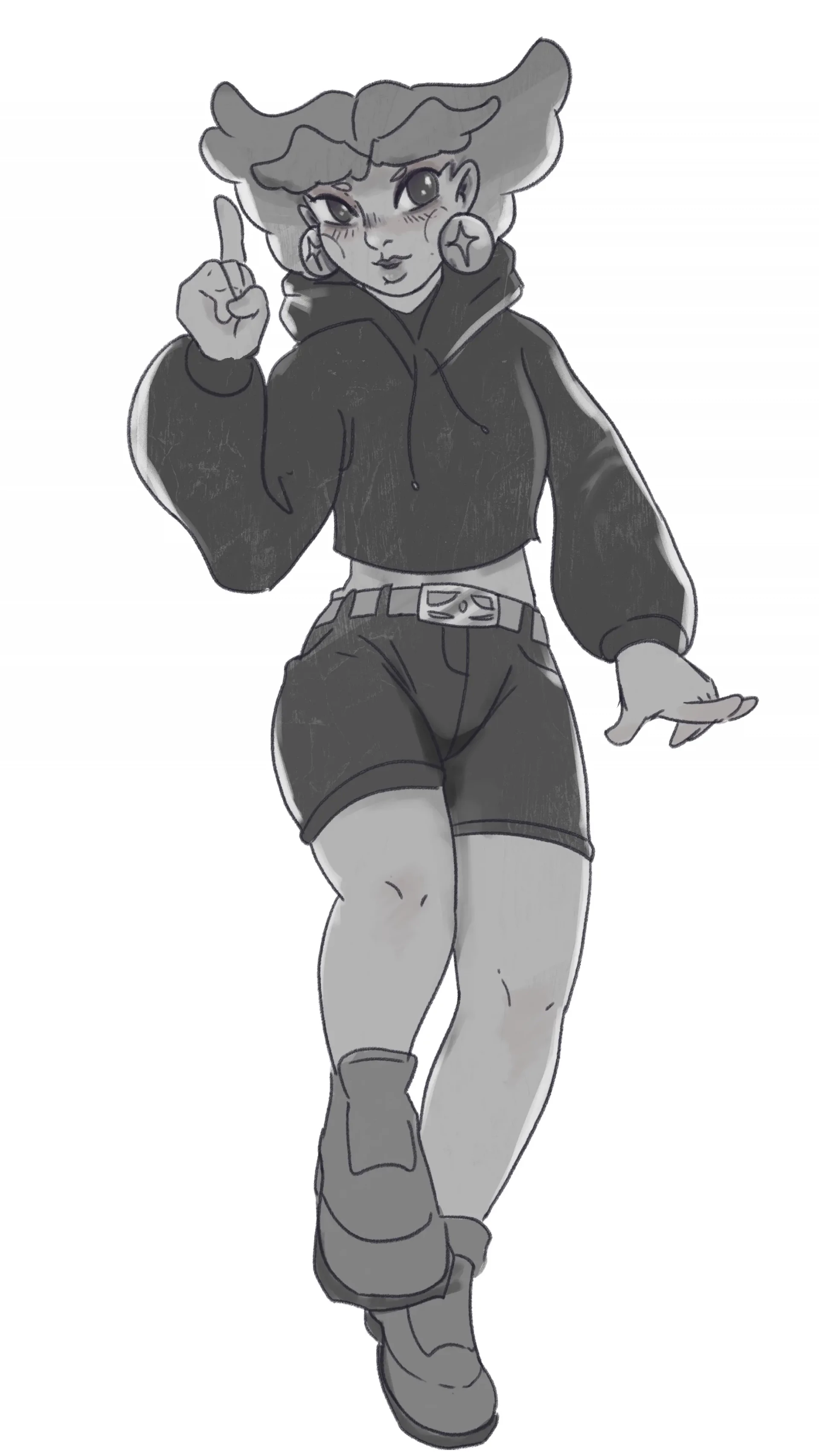
Have you ever wondered how drawing professionals manage when they can't find a specific reference? Maybe you don't have a book or a computer on hand to search for an image that will guide you in bringing your drawing to life.
In this article, we will explore how to draw a character from your imagination using two foolproof tools: imagination and memory.
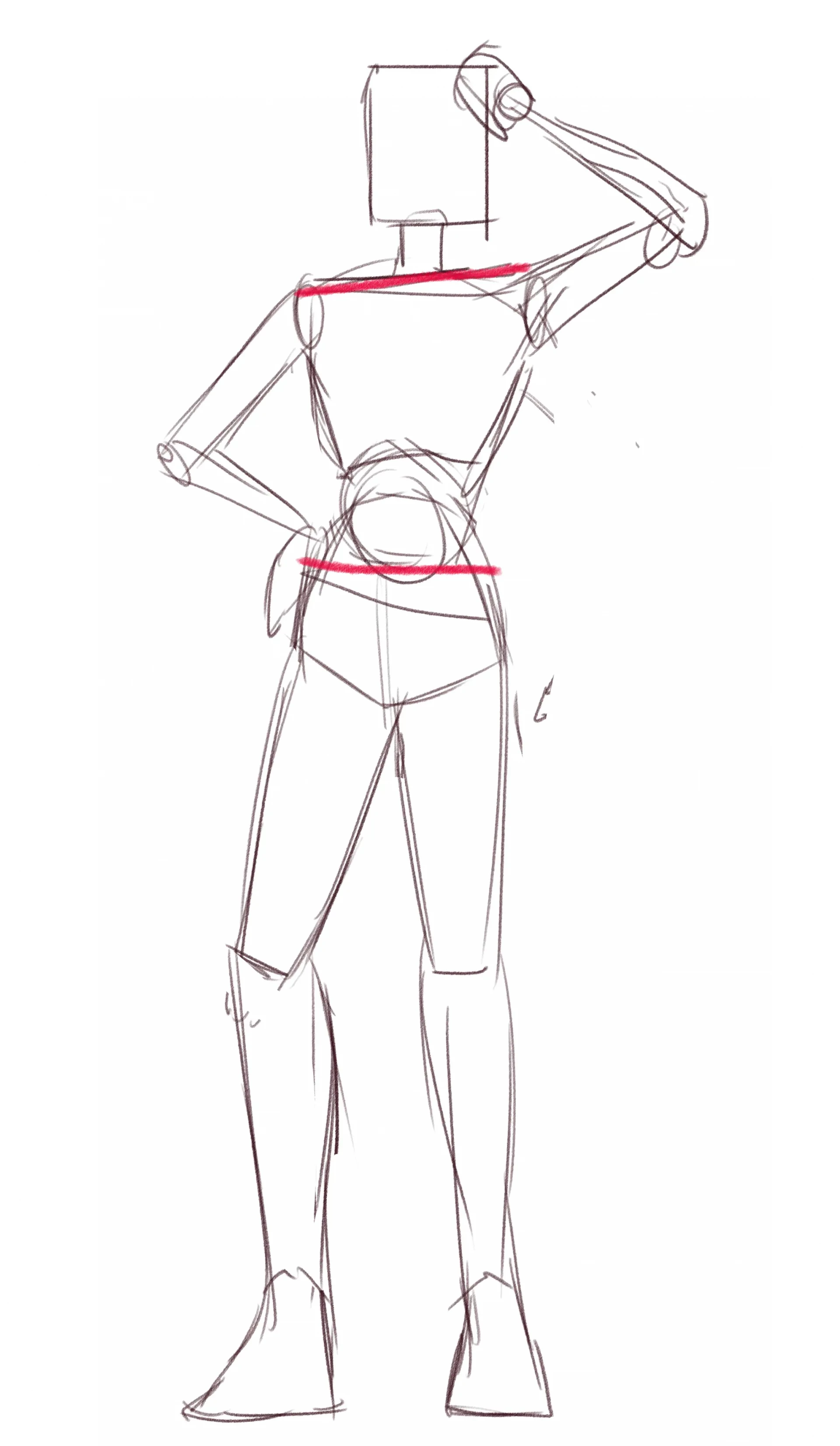
Understanding the human body
The first thing to consider when drawing poses from your imagination is how to simplify the drawing of the human body.
A simple way to understand the human body is to use basic geometric shapes. For the head, we generally use a cylinder, just like for the chest, which will be a larger cylinder. The middle part of the body is often represented by a circle and the pelvis by an inverted pentagon. With just these geometric shapes, you can create the structure of a human being very easily and sketch any pose you can imagine.
But how can you correctly place these shapes without the result looking "weird"? It's actually simple, but before that, you need to understand body proportions. In drawing, certain proportion rules serve as a guide. For this example, we will only consider one: the number of heads in your figure.
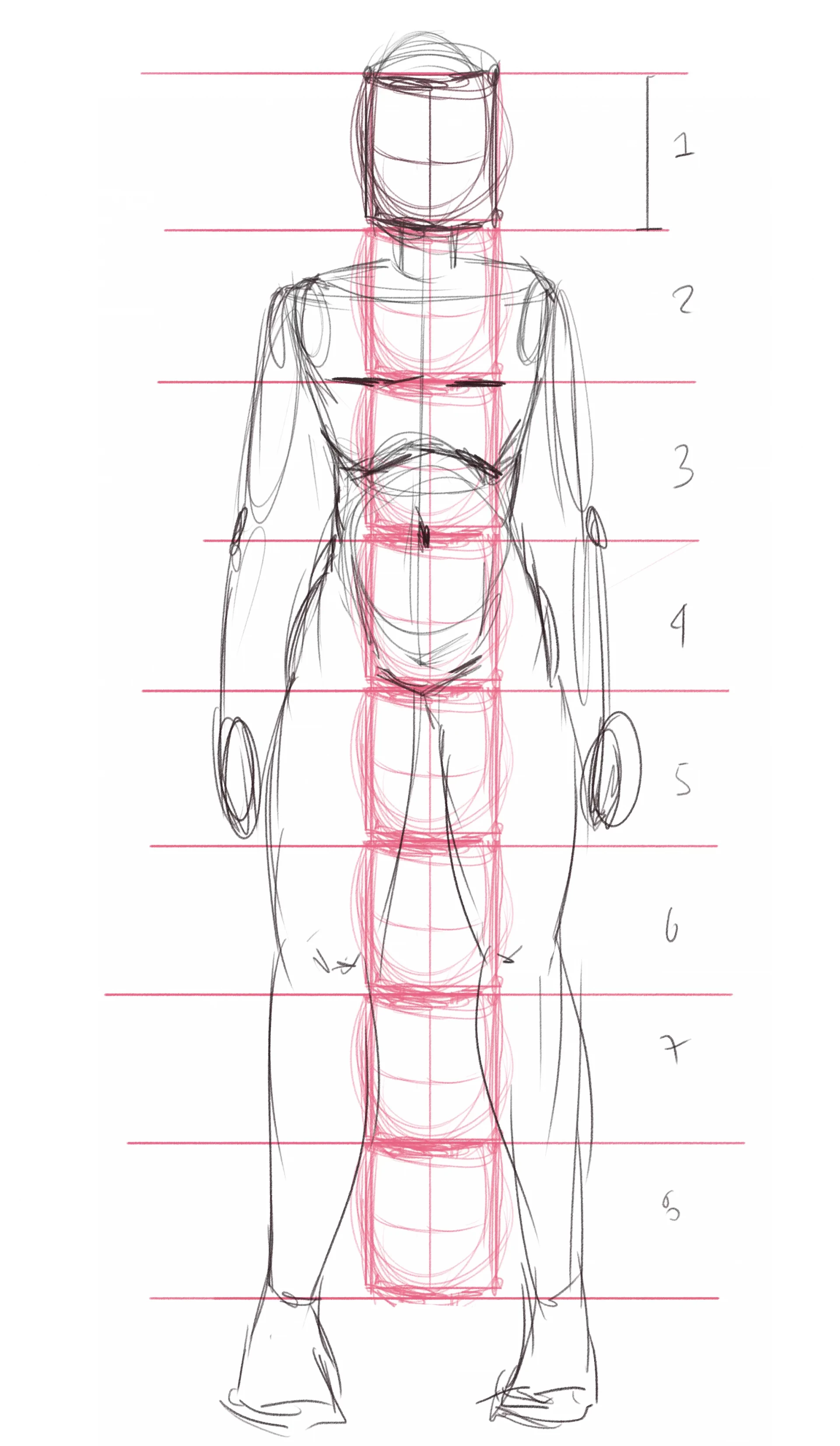
The rule of heads
When we talk about the "number of heads," we are referring to the measurement of the total body height in units of head size. Generally, we use between 7 and 8 heads in our illustrations. This should not be applied rigidly, as depending on your style, you can opt for other measurements, going up to 10 heads.
This rule varies according to body type. For more feminine figures, 8 or 9 heads are often used as the legs are longer. For depicting more masculine figures, it is usually around 7 or 8 heads.
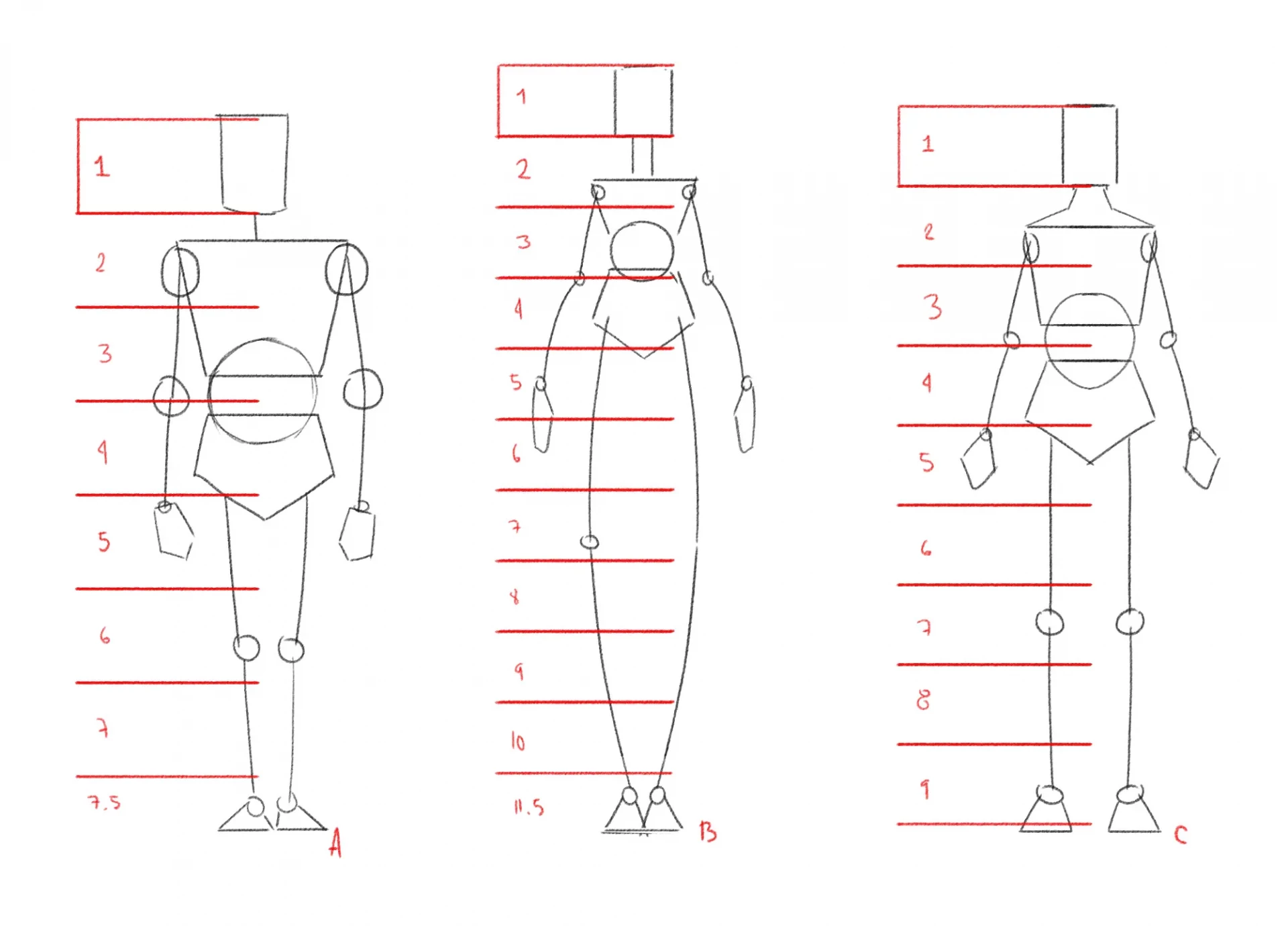
The importance of memory
Understanding anatomy and its rules is not enough for drawing from imagination. The most important element when drawing without references is to develop a tool that complements the imagination: memory.
To train your memory, you can perform simple daily exercises.
A basic exercise involves drawing a body part from a reference, then trying to redo it without looking at the reference. This may seem simple, but initially, it can be hard to simplify the shapes to obtain a well-proportioned image.
Another useful exercise is to take a specific reference and reproduce it from a different angle or in another pose. This helps to fill in gaps in our minds regarding images we have already seen but might not have access to in a difficult situation.
Even though here we are mainly talking about drawing the human body from imagination, this exercise can be applied to any subject: landscape, car, dragon...
We now have two essential skills: imagination and memory. We still need to enrich our mental library. It is like an internal database, fueled by all the references we have observed.
The best way to enrich it is paradoxical: look at references. But not just on a screen: go outside, observe in real life. Historically, artists like Hayao Miyazaki from Studio Ghibli traveled for weeks or months to exotic locations to capture their essence and translate it into their works.
When we observe real elements, it becomes much easier to abstract their geometric shapes or movements.
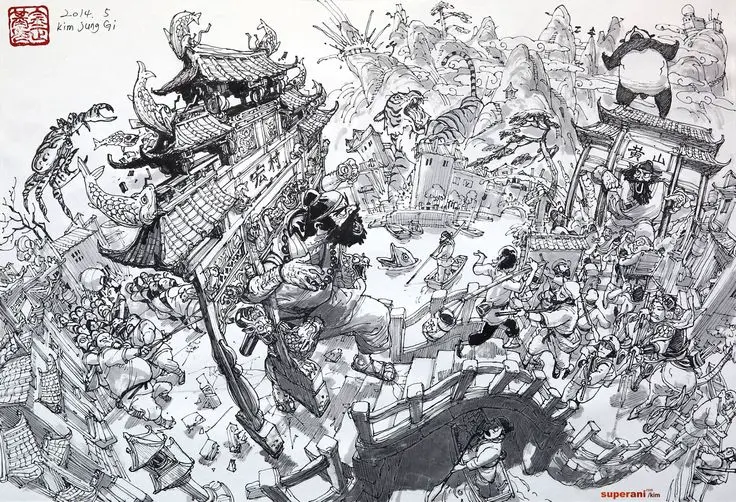
“Do not draw what you see, draw what you have seen.”
Kim Jung Gi
Drawing an imaginary character step by step
We will now put these concepts into practice.
Make sketches of several poses
Start by drawing several sketches of poses to stimulate your mind. Don't limit yourself to simple poses, let your imagination express itself!
Try to produce as much as possible, without spending more than two minutes on each pose. The goal is to avoid seeking perfection and to work solely from memory.
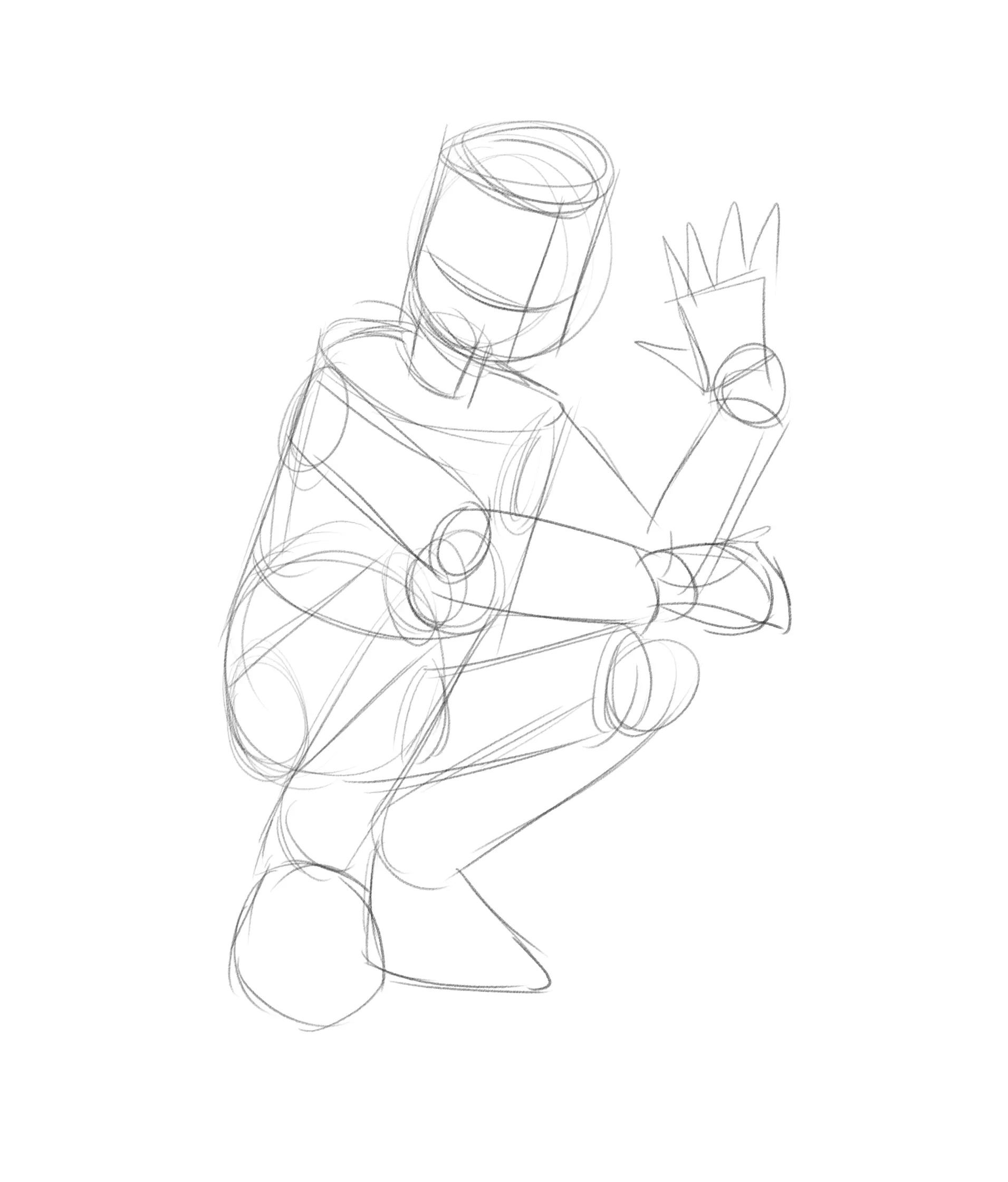
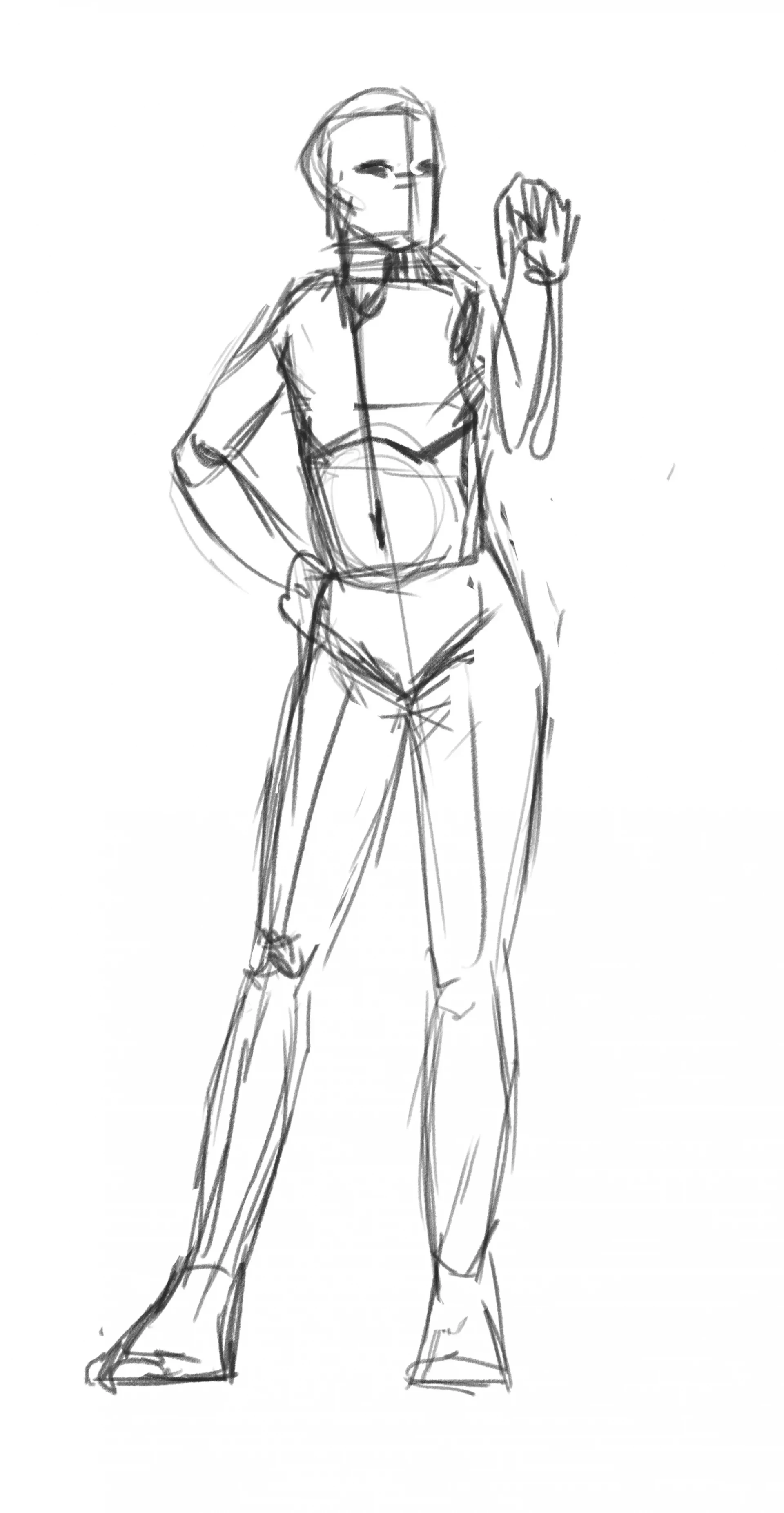
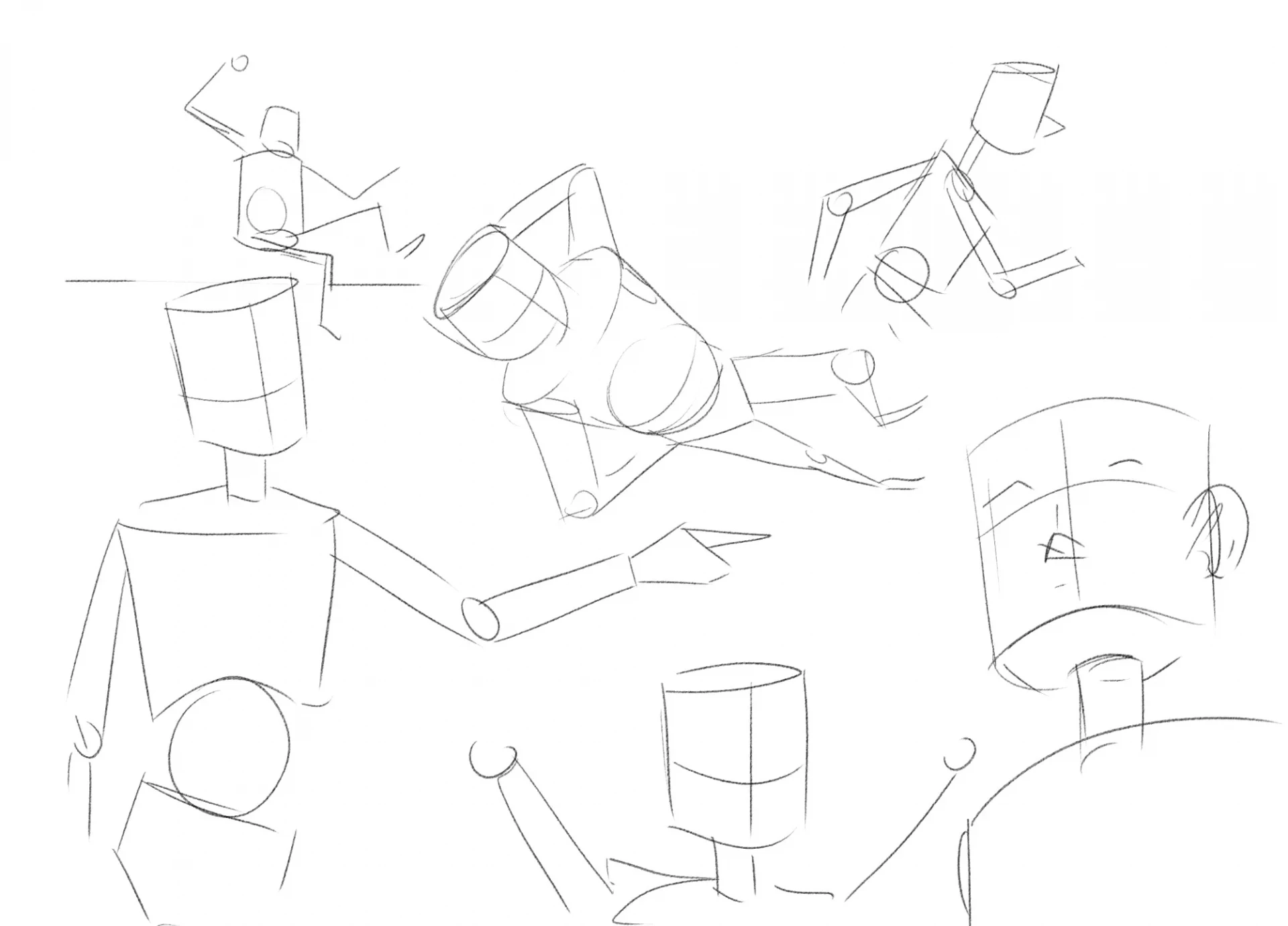
Next, choose one of these poses and transform it into a complete drawing. Use free lines to create as much movement as possible in the composition. If you are not satisfied with your sketch, take a break. Memory exercises are demanding and can tire you out quickly.
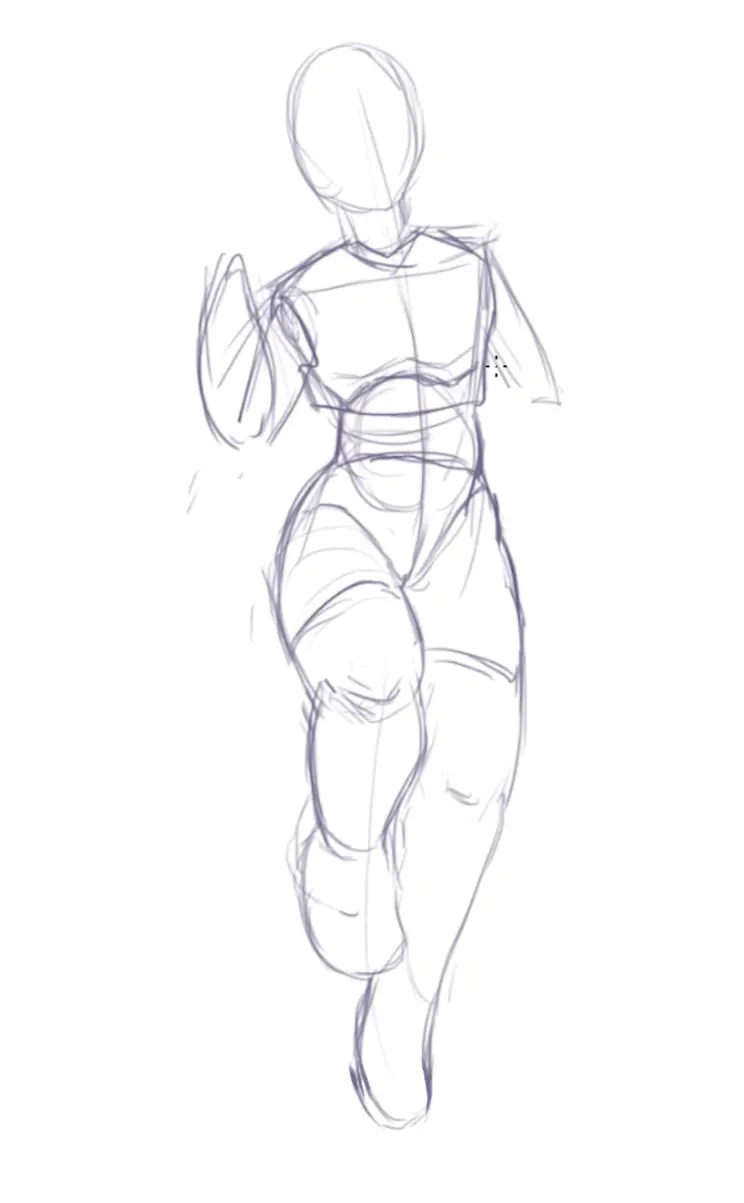
Finalize your drawing
Once your geometric base is laid out, you simply need to "dress" your drawing.
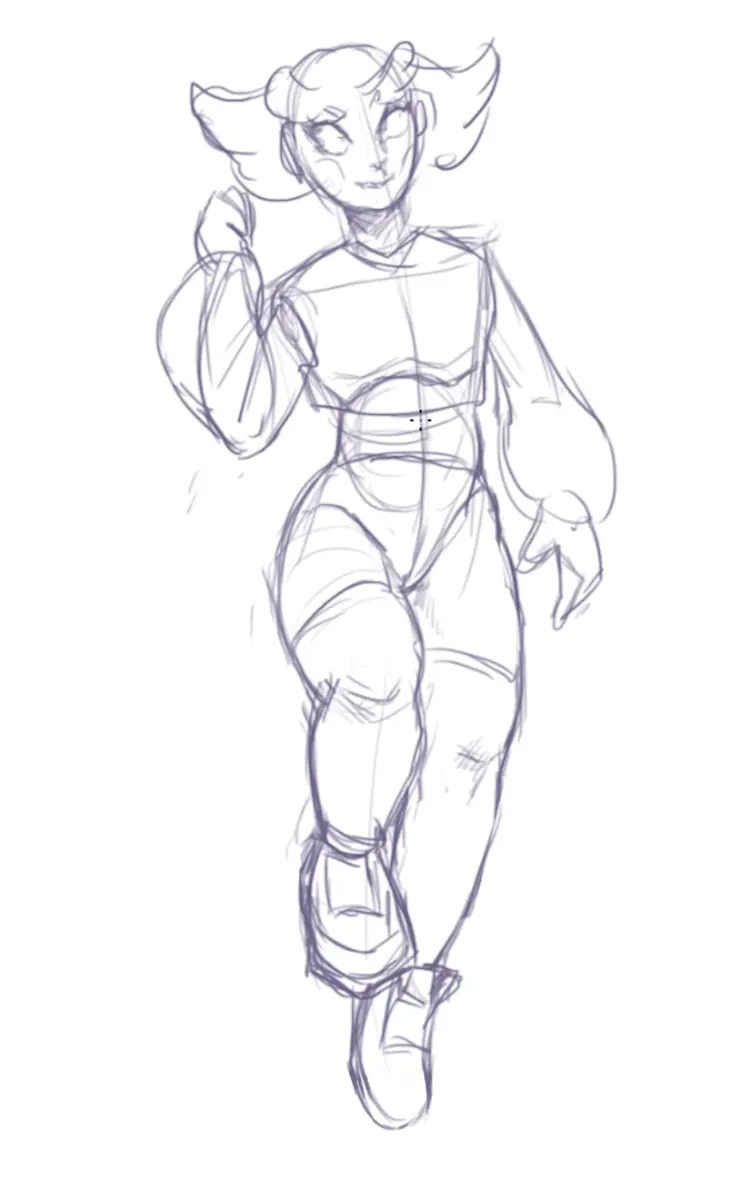
Then, finish your drawing with cleaner and more controlled strokes.
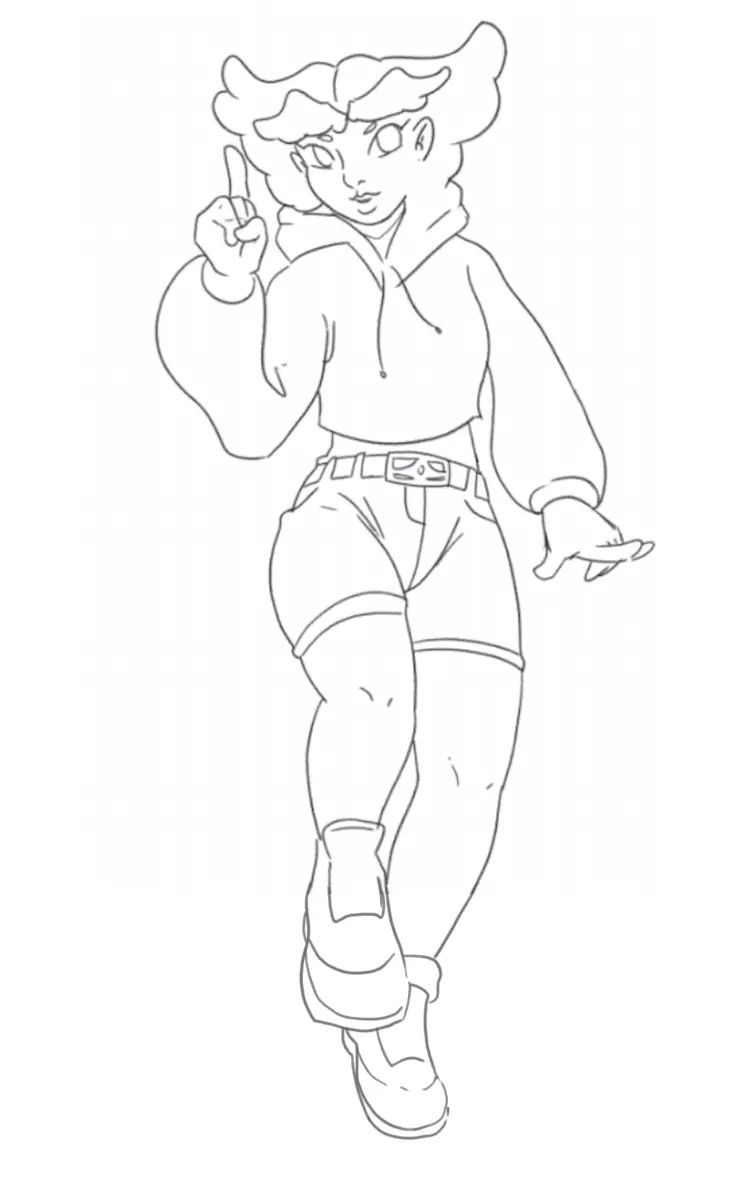
Here is my final result, created entirely from imagination. I am sure that yours is just as successful!

Remember: drawing from memory requires regular practice. It's a process that demands a lot of patience. Even if you don't see immediate progress, after a few months, you will be surprised by your own creations.
I hope you enjoyed this article on drawing from your imagination.
See you soon!
Writer and Illustrator: Joshua

